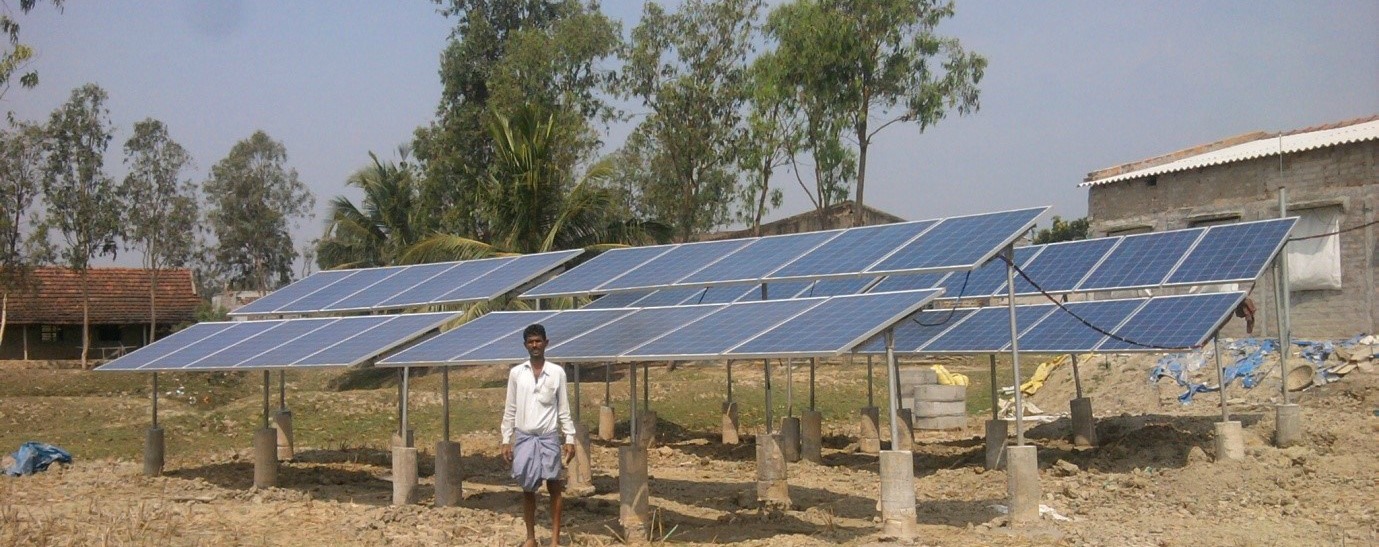News & Updates
Solar power is key for bringing electricity to all Indians
13 February 2018

India’s Prime Minister Narendra Modi has announced a $2.5 billion plan to electrify every Indian household by 2019.
Currently 240 million still have no access to electrical power; solar power is likely to play a large role in the push to connect all of India to electricity.
In India 60% of new connections are expected to be to renewable power, according to the International Energy Agency, and solar mini grids will play a key role in this.
Solar mini grids typically rely on one or two large users of power, for example mobile phone towers, to provide a base revenue for the system.
As solar electricity increases in availability beyond the traditional grid, small businesses are emerging that could become anchor users for solar mini grids. For example, garment factories in Kamlapur consume up to 10 kilowatts of power each day, the same as a telecom tower.
In 2016 Uttar Pradesh, India’s most populated state, became the first to put in place a min-grid policy that recognised private solar companies as a legitimate option in India’s ambition to provide its power to its whole population.
Solar mini grids can often be more reliable than traditional grid power thereby boosting businesses, Rohit Chandra, co-founder of OMC Power Private Ltd.(formerly Omnigrid Micropower Company) noted:
“We see barbers installing televisions and fans in their shops to attract more customers. Carpenters buy electric saws and wood polishers, fruit sellers are adding electric juicers. Health centres and dispensaries are coming up in underserved villages too”.
Jaideep Mukherji, the CEO of Smart Power India (SPI) added:
“The myth that rural consumers will not pay for electricity is now demolished…over the last two years we’ve discovered not only do rural consumers pay for the electricity, 93 percent pay on time.”
SPI is supported by the Rockerfeller Foundation’s $75 million Smart Power for Rural Development Initiative which aims to provide power to all those without in India, Myanmar and sub-Saharan Africa.
SPI works with seven private mini-grid operators, including OMC, in some of India’s least electrified states, to increase the demand for solar mini-grid power and develop rural economies. Its aim is to improve life for poor people in areas without power and make mini-grids financially feasible for its operators.
OMC estimates that on average, after supplying reliable power for a year, 30 micro enterprises are established in every village. The majority of these are expansions on existing businesses but some new ventures are also established.
However, a recent study by the International Centre for Research on Women found large numbers of women and poor families still lack access to clean energy, even in areas where it is available, as the cost of a private mini-grid is too high for some.
If you’d like to stay informed on the latest updates in aid and development, please sign up to the AIDF newsletter.
Photo credit: Alliance for Rural Electrification